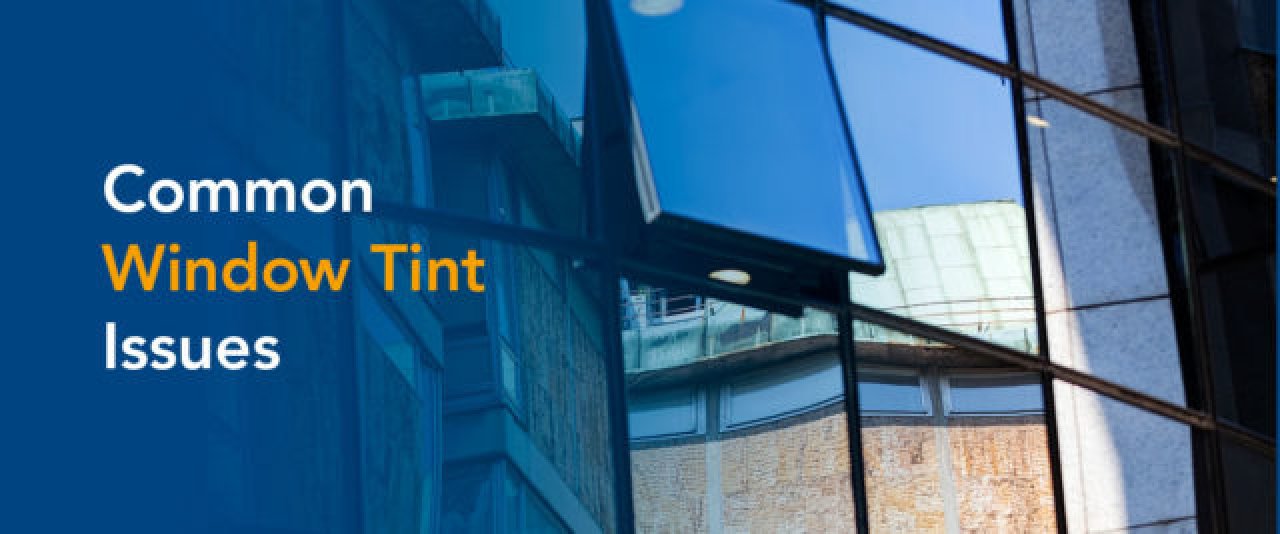Managing the Sun's Heat With Window Film
Jul 7, 2017

While window films are mostly invisible, they perform some impressive, heavy-duty work behind the scenes without us ever thinking about it. Security, aesthetics, privacy and safety in the event of shattering glass are all jobs that window films do well.
It's in controlling the effects of the sun's energy, though, that window film's most important work gets done. Heat and light from sunlight benefit humankind tremendously. At the same time, they can damage skin and property and require electricity to manage, mainly in the form of air conditioning.
How does window film control the effects of heat on the interior of a building or automobile? Through reflection, absorption or a combination of both, window tints help manage your interior temperatures. The sun's rays are composed of three types of energy — visible light, infrared (IR) and ultraviolet (UV) light that we can't see and can only feel. Window films from Madico®, Inc. can reject or absorb all three for comprehensive solar control.
Controlling Visible Light
Depending on its construction, window film allows most or all visible light to pass through the glass to which it's applied. Optically clear window film will let most visible light through while reflecting or absorbing other types of solar energy. Tinting will filter out some visible light, and decorative blackout or whiteout film will block even more.
Tinted film lets homeowners darken their interiors without blinds or curtains, allowing them to enjoy their views with less glare from the sun. Likewise, tinted automotive film will block some visible light to reduce glare and improve visibility while driving. Every window film will allow a certain percentage of light to pass through while reflecting a certain amount from the exterior and interior.
For example, UV Gard by Madico, which is optically clear, transmits 80% of visible light while reflecting 8% on both external and internal sides of the glass. By comparison, Solar Bronze by Madico has an earth-tone tint that transmits just 35% of visible light. Its reflective surface also rejects 18% of visible light from the outside. For automotive applications, most of our window tints come in many shades, allowing drivers to customize the amount of visible light that enters their vehicles based on state regulations.
Black Out by Madico blocks nearly 100% of visible light, making it great for a home theater. Meanwhile, White Out by Madico lets in just 9% of visible light and diffuses it to create soft, white illumination. It also allows for total privacy, making it great for bathrooms and glass doors.
Controlling Infrared Light
Infrared rays are responsible for most of the sun's heat. Solar window films can reject IR rays and reflect or absorb most of the heat energy from the sun before it's felt inside the building or car. Reflective window films bounce much of the sun's IR rays back into the atmosphere, while non-reflective or dyed films simply absorb or block them. Thus, most window films can reduce heat buildup inside cars and buildings to varying degrees.
Light-selective nano-ceramic films for automobiles, like Black Pearl® Nano-Ceramic by Madico, offer a high IR rejection of 87% for maximum heat protection. Home and building owners can take advantage of this technology through Sunscape® Advanced Ceramic by Madico, which offers between 66% to 83% IR rejection depending on the model. This technology increases indoor thermal comfort and reduces your cooling costs.
Controlling UV Light
UV light is one of the most damaging types of solar energy. It's responsible for sunburn and has been linked with skin cancer. UV solar energy also does a number on your property and belongings, causing carpets, upholstery, artwork and flooring to fade. Blocking UV rays is good for your health and will slow fading in your car, office or home's interior. The Skin Cancer Foundation even specifically recommends Madico's UV-protective window films.
Whether optically clear, reflective or tinted, high-quality window films can block most of the sun's UV rays. Most Madico window films offer greater than 99% UV rejection, which is like having sunscreen on your car, home or building.
Protecting Interiors
All forms of the sun's energy can contribute to interior fading and deterioration. UV light is the biggest culprit, and experts attribute 40% of fading and interior damage to UV light.
UV rays can interact with many chemicals found in furniture, fabric dyes and wood, which causes fading over time. This light can also cause leather to become cracked, similar to how it causes skin damage. The sun's heat plays a role, too, as many fabrics, woods and other materials will react to temperature changes and slowly deteriorate with heat exposure.
Controlling the amount of heat and UV light that passes through glass by installing solar window film slows heat damage and fading of furnishings and carpet. With heat protection, you'll find it more affordable to control your home's climate, which will protect your furniture from heat and humidity. It will also protect your car's interior from heat and UV damage, even when it's parked for long periods in the hot sun.

Why Choose Madico for Your Solar Control Window Film?
Besides solar control, visual comfort and heat reduction, Madico window films offer various benefits. Madico films can enhance your home's decor and are covered by a manufacturer's warranty in North America. They come in reflective and matte options and shades ranging from brown to gray to silver. They can also feature decorative elements like frosting or whiteout applications.
An experienced, reputable window film professional can help you determine which product is right for your home, buildingor automobile. Contact your local Madico dealer to learn more. Keep browsing to find the perfect architectural films for your home or building, or choose your automotive film with our tint simulator tool.


